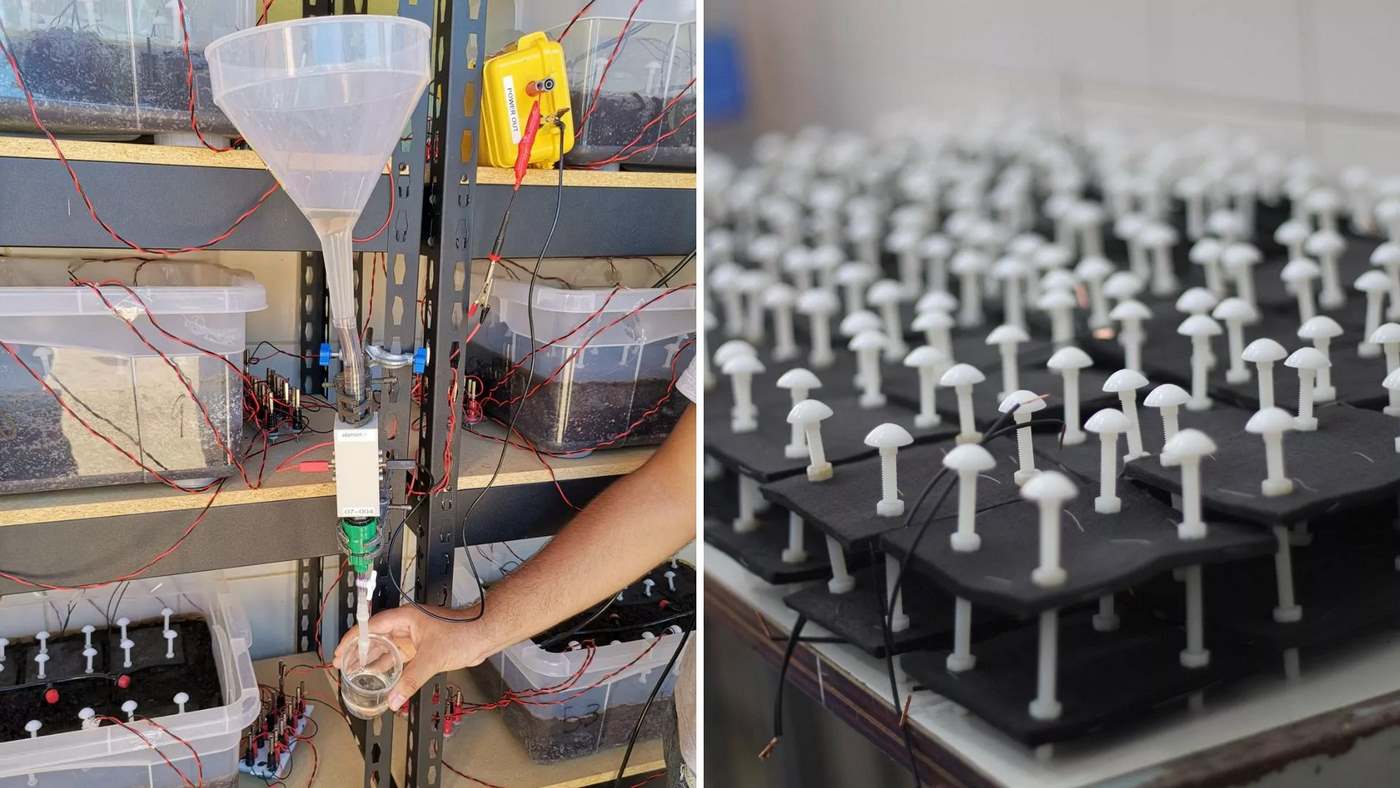
www.dailysignal.com
Supreme Court Confirms No ‘Right’ for Foreigners to Enter US: The BorderLine
The one poker rule I taught my kids was: “Don’t cry when you lose, don’t gloat when you win.”
Ideally, this would apply to our court system, though lower court decisions seem increasingly to be influenced by ideology and politics. The Supreme Court is our highest and last protection, and its justices should be the smartest lawyers and scholars and able to constrain themselves to their duty: to interpret the law and rule as to its constitutionality.
One recent decision, in the case of Department of State v. Muñoz was a relief to me,
U.S. consular officers, and even the Biden administration. The court ruled that a U.S. citizen “has no legal interest in the visa application of a third party, even a relative,” and, therefore, has no constitutional right to bring a noncitizen spouse to the United States. Like all foreign nationals, alien spouses must qualify for a visa under U.S. law to come here.
In 2010, Sandra Muñoz married Luis Asencio-Cordero, and she later filed with U.S. Citizenship and Immigration Services to get an immigrant visa for him. To get it, he had to leave the U.S. (where he was living illegally) for an interview at the U.S. embassy in El Salvador.
The consular officer who interviewed Asencio-Cordero found him ineligible for a visa under the Immigration and Nationality Act, suspecting he was a member of the MS-13 gang due to his distinctive tattoos. Muñoz sued the government, arguing that depriving her of her alleged right to live with her husband violated her Fifth Amendment rights. The Fifth Amendment states that no U.S. person can be “deprived of … liberty … without due process.”
The Ninth Circuit Court of Appeals—notorious for siding with immigrants against the government—ruled that the State Department owed Muñoz an explanation for denying her husband’s visa. The government appealed to the Supreme Court, which overturned the Ninth Circuit and ruled that U.S. citizens can’t force a court to review a consular officer’s decision made abroad.
The online magazine The Federalist rightly called the decision an “immigration rebuke,” but the author was mistaken when he wrote that Asencio-Cordero “was denied a visa by U.S. Citizenship and Immigration Services in 2015”—visa decisions overseas are made by consular officers, who are commissioned Foreign Service officers in the State Department.
The Muñoz case was the latest round in a battle by immigration activists against the doctrine of “consular non-reviewability,” which holds that decisions made by consular officers overseas in visa cases can’t be challenged in U.S. courts. If they were, the system would crumble—much like the asylum system has under Biden’s flood of released and paroled inadmissible aliens.
Most foreigners applying for visas—usually for tourism, business, or family visits—are required to prove to a consular officer that they are likely to do what they claim and then go home again. Failure to convince on that score is the reason for most visa refusals. Refusal rates vary widely by a country’s economy—it’s much harder to get visas in a very poor country than in one where people have stable governments and good jobs where they are more likely to return home.
Consular officers make over a hundred yes-or-no visa calls every day in U.S. embassies all over the world. Having made over 200 such decisions in a single day myself, I can imagine how relieved my former colleagues will be at the Muñoz verdict. If each refusal were to be open to dispute by U.S. citizen relatives of the applicant, it would “usher in a new strain of constitutional law,” in the words of Justice Amy Coney Barrett, with the potential to tank our judicial system. The current backlog of Justice Department immigration cases—in the millions—would pale in comparison to the flood of challenges that would ensue from aggrieved aliens denied a visa by a State Department consular officer.
Still to come as of this writing is a critical decision from the Supreme Court on so-called Chevron deference, which gives federal agencies in the executive branch the benefit of the doubt—way too much, according to conservatives—when making rules to interpret the laws Congress passes.
The Biden administration has stretched its rule-making discretion beyond credibility to achieve policy aims, particularly in immigration. As former Citizenship and Immigration Services chief Joe Edlow testified to Congress in January, “Under the guise of removing barriers, DHS [Department of Homeland Security], along with DOJ [Justice Department], have engaged in several rulemakings purportedly aimed at creating efficiency and expediency at the border.” In fact, he writes, “the regulatory efforts undertaken by the Biden administration have reinterpreted unambiguous statutes and have imposed its own policy when clear congressional mandate exists”—using the broad cloak of Chevron deference to do so.
One example is a rule from 2022 that stripped most of the teeth from the “public charge” ineligibility under U.S. immigration law that should keep out indigent foreign nationals instead of letting them access welfare benefits they haven’t earned.
Another is the DHS asylum rule that shifted the responsibility for handling many asylum claims from the Department of Justice to DHS asylum officers, in violation of statute and practice, leading to massive increases in asylum case approval rates.
A third rule, called “Circumvention of Lawful Pathways”—despite its pretense of enforcing the law—actually “allow[s] most aliens to arrive at or between ports of entry, make fraudulent claims of fear to enter the U.S. or continue to utilize unlawful mass parole programs to accomplish the same,” predicted Edlow, and experience is proving him right.
Leftist “progressives” see the Supreme Court as an obstacle if it doesn’t advance their agenda. The legacy media has attacked Justice Clarence Thomas’ “ethics,” although he has not violated any rules governing Supreme Court justices. They have attempted to smear Justice Samuel Alito because he flew a Revolutionary War flag at his beach house and his wife flew the Stars and Stripes upside down in a dispute with a neighbor. An undercover activist secretly recorded Alito saying that “there are differences on fundamental things that really can’t be compromised” and tried to use the innocuous observation to spin him as tainted, rather than as someone simply acknowledging deep national divisions on policy that can only be resolved by elections.
Conservatives see the Supreme Court’s job as protecting our God-given rights and ruling as to what is and is not constitutional. Progressives see the court’s role as reading into the law—between the lines if need be—the outcomes and policies they want. They seem prepared to pack the court with more justices to dilute its current conservative majority, attack its existence, pressure justices, and protest the court until it bends to their will.
Thanks to the media assault, public confidence in the Supreme Court is polling at around 40%, a historic low. But I’d argue that a popular Supreme Court today would not be doing its job properly.
The BorderLine is a weekly Daily Signal feature examining everything from the unprecedented illegal immigration crisis at the border to immigration’s impact on cities and states throughout the land. We will also shed light on other critical border-related issues like human trafficking, drug smuggling, terrorism, and more.
Read Other BorderLine Columns:
Biden’s 5 Favorite Fudges on Immigration Law
Illegal Immigration Crisis Drives European Voters to Conservatives
Let’s Talk Some More About America’s Supposed ‘Rule of Law’
Videos Uncover Illegal Immigration Realities the Media Tries to Hide
Unprecedented Surge in Chinese Illegal Immigration Raises Security Concerns
The post Supreme Court Confirms No ‘Right’ for Foreigners to Enter US: The BorderLine appeared first on The Daily Signal.

















